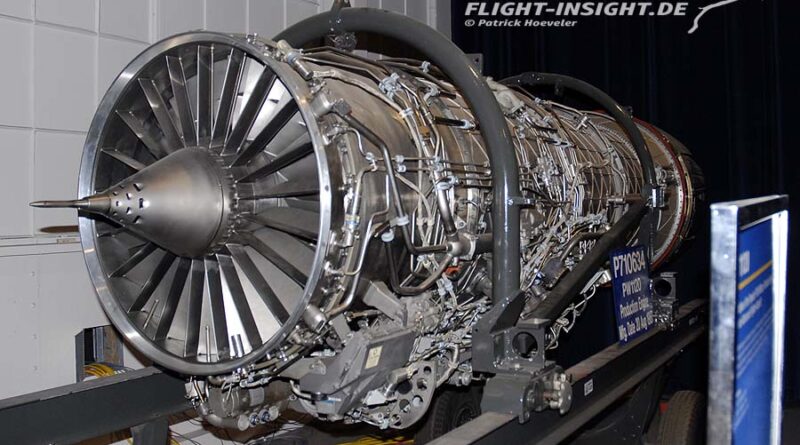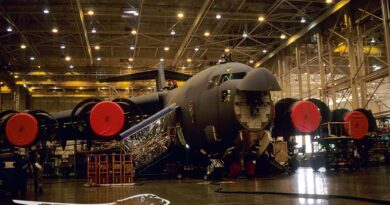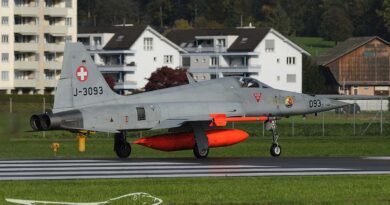Pratt & Whitney PW1120
Heute ist die Getriebefan-Familie von Pratt & Whitney um das PW1100G-JM des Airbus A320neo in aller Munde. Weniger bekannt ist jedoch die Tatsache, dass es bereits eine PW1100-Serie gab: Anfang der 80er Jahre entwickelte das US-Unternehmen im Auftrag Israels das PW1120 als Antrieb für die Israel Aircraft Industries (IAI) Lavi. Das der F-16 ähnliche Kampfflugzeug sollte in den 90er Jahren zur Grundausstattung des israelischen Luftstreitkräfte werden. Trotz vielversprechender Leistungen stimmte das Kabinett im Sommer 1987 knapp für die Einstellung des Projekts. Zu diesem Zeitpunkt hatten die zwei fertig gestellten Prototypen 82 Flüge durchgeführt. Nach dem Ende des Programms stellte IAI Ende er 80er Jahre eine dritte Maschine fertig und nutzte sie als Technologieträger.
Das PW1120 erhielt das Kerntriebwerk des F100 sowie Anbaugeräte und eine modifizierte Regelung des in F-15 und F-16 bewährten Antriebs. Der Niederdruckverdichter und einstufige Niederdruckturbine (statt zwei Stufen beim F100) sowie die Schubdüse waren Neuentwicklungen. Die Erprobung begann im Juni 1982. Rund 70 Prozent der Teile galten als baugleich mit den im F100 verwendeten Komponenten. Bis zur Einstellung der Lavi hatte Pratt & Whitney neun Prototypen und zwei Serienexemplare des PW1120 geliefert.
Die einzige weitere Anwendung war die McDonnell Douglas F-4E „Super Phantom 2020“. IAI hatte in den 80er Jahren eine verbesserte Version der Phantom entwickelt, bei der unteren anderem das PW1120 das J79-Triebwerk von General Electric ersetzte. Dadurch stieg das Schub-Gewichtsverhältnis von 0,89 auf 1,04. Entsprechend verbesserten sich auch die Flugleistungen. Trotz eines Auftritts auf dem Aerosalon in Le Bourget im Jahr 1987 konnte IAI keine Kunden finden. Auch Boeing hatte ein Modernisierungsprogramm der F-4 angeboten, das neben einem konformalen Treibstofftank unter dem Rumpf, neuer Avionik auch das PW1120 umfasste. Da sich auch hier keine Verkäufe einstellten gab Pratt & Whitney das PW1120 schließlich auf. Ein Exemplar findet sich in der Firmenausstellung in East Hartford, ein weiteres steht im Museum der israelischen Luftstreitkräfte in Hatzerim.
Technische Daten PW1120
Schub: 60,3 kN ohne, 91,7 kN mit Nachbrenner
Gesamtdruckverhältnis: 27:1
Lange: 4,11 m
Durchmesser: 0,978 m
Gewicht: 1292 kg
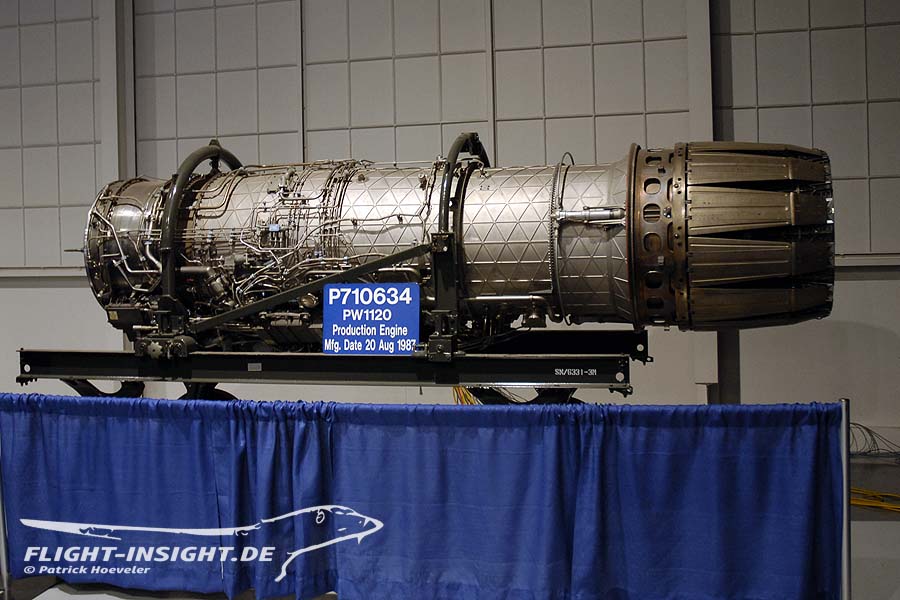
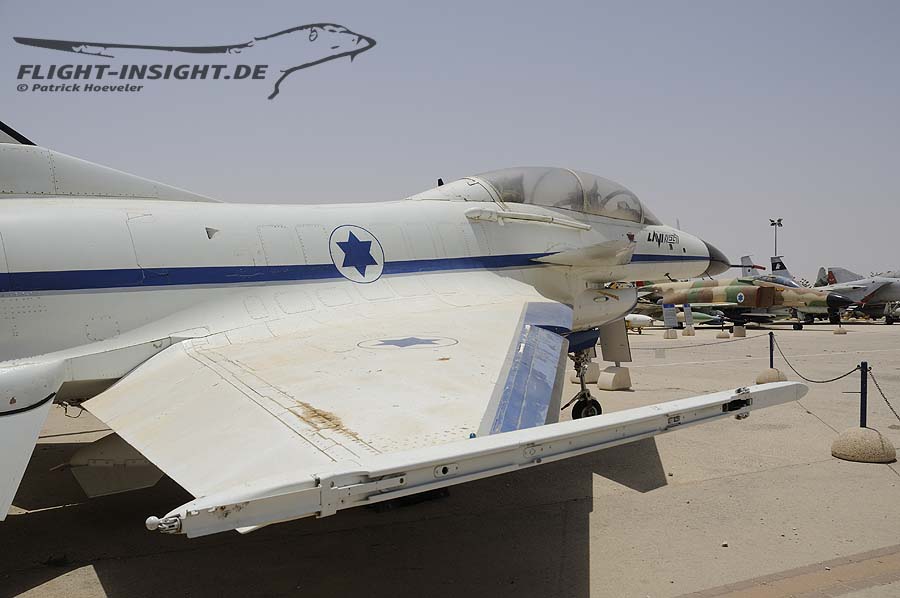
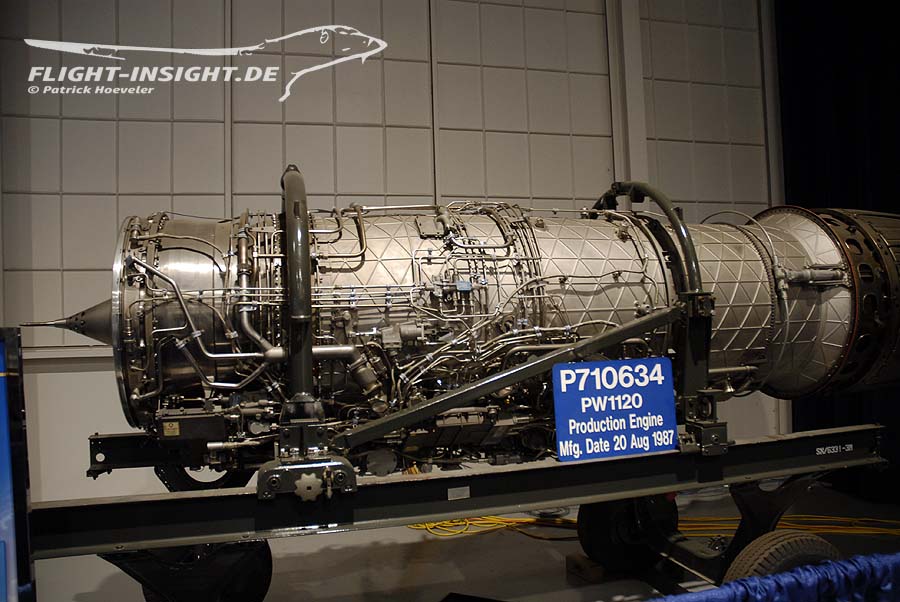
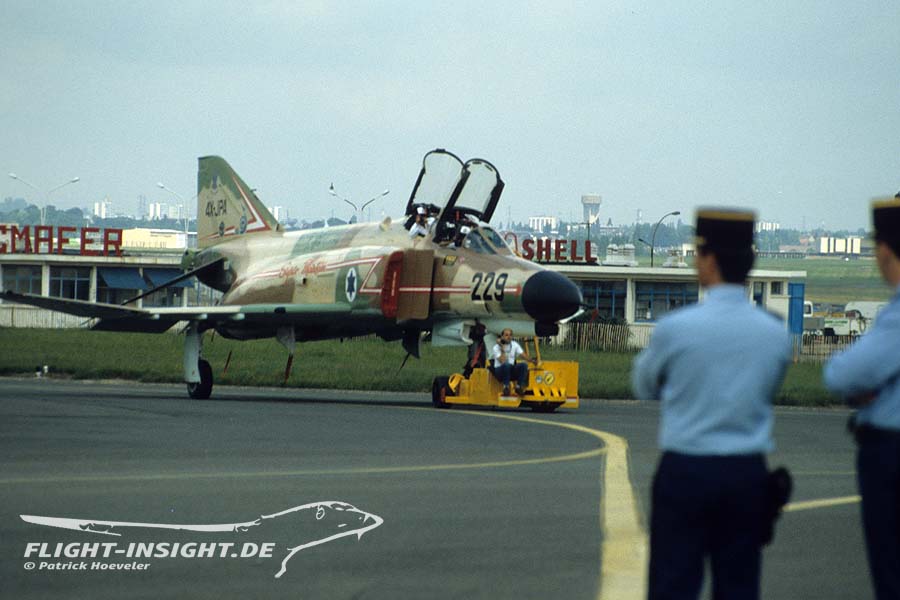
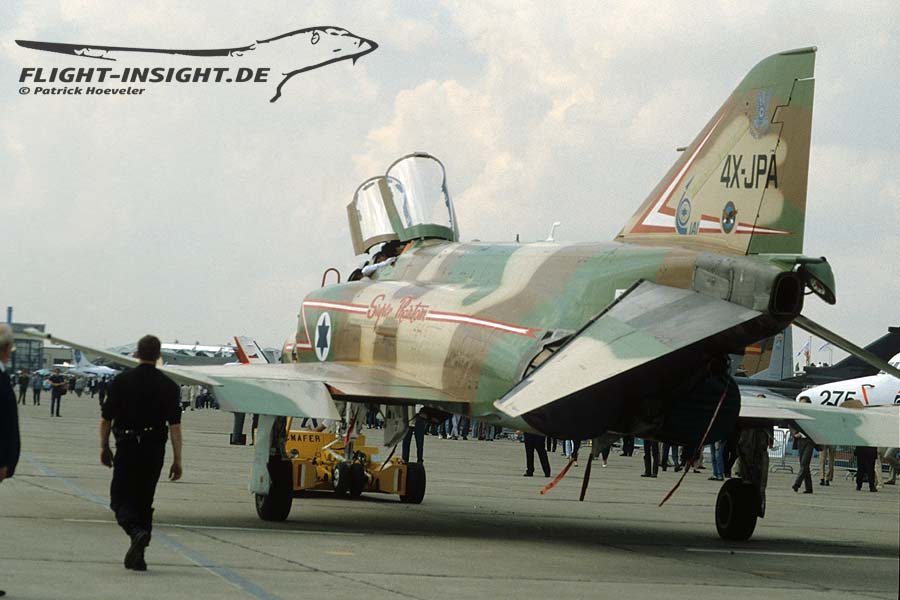
Today, everyone is talking about Pratt & Whitney’s geared turbofan family around the PW1100G-JM of the Airbus A320neo. Less well known, however, is the fact that there was already a PW1100 series: In the early 1980s, the US company developed the PW1120 on behalf of Israel as an engine for the Israel Aircraft Industries (IAI) Lavi. The fighter, which was similar to the F-16, was to become the basic equipment of the Israeli Air Force in the 1990s. Despite promising performance, the cabinet narrowly voted to cancel the project in the summer of 1987. At that point, the two completed prototypes had made 82 flights. After the end of the programme, IAI completed a third aircraft in the late 1980s and used it as a technology demonstrator.
The PW1120 received the core engine of the F100 as well as accessories and a modified control system of the engine proven in the F-15 and F-16. The low-pressure compressor and single-stage low-pressure turbine (instead of two stages in the F100) as well as the exhaust nozzle were new developments. Testing began in June 1982, and about 70 per cent of the parts were considered identical to those used in the F100. By the time the Lavi was discontinued, Pratt & Whitney had delivered nine prototype and two production PW1120s.
The only other application was the McDonnell Douglas F-4E “Super Phantom 2020”. IAI had developed an improved version of the Phantom in the 1980s in which, among other things, the PW1120 replaced the General Electric J79 engine. This increased the thrust-to-weight ratio from 0.89 to 1.04. Flight performance improved accordingly. Despite an appearance at the Aerosalon in Le Bourget in 1987, IAI was unable to find customers. Boeing had also offered a modernisation programme for the F-4, which included a conformal fuel tank under the fuselage, new avionics and the PW1120 as well. Since no sales were achieved here either, Pratt & Whitney finally abandoned the PW1120. One example can be found in the company exhibition in East Hartford, another one is in the museum of the Israeli Air Force in Hatzerim.
Technical data PW1120
Thrust: 60.3 kN without, 91.7 kN with afterburner
Overall pressure ratio: 27:1
Length: 4.11 m
Diameter: 0.978 m
Weight: 1292 kg

